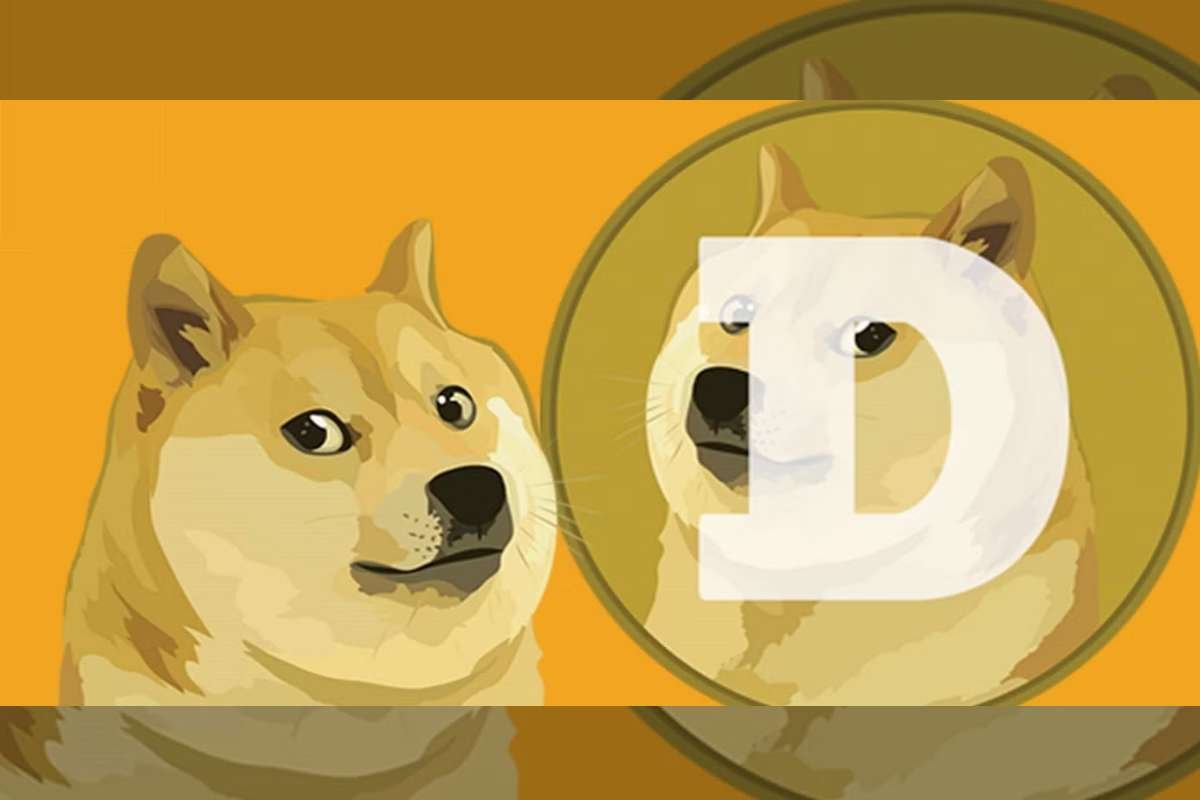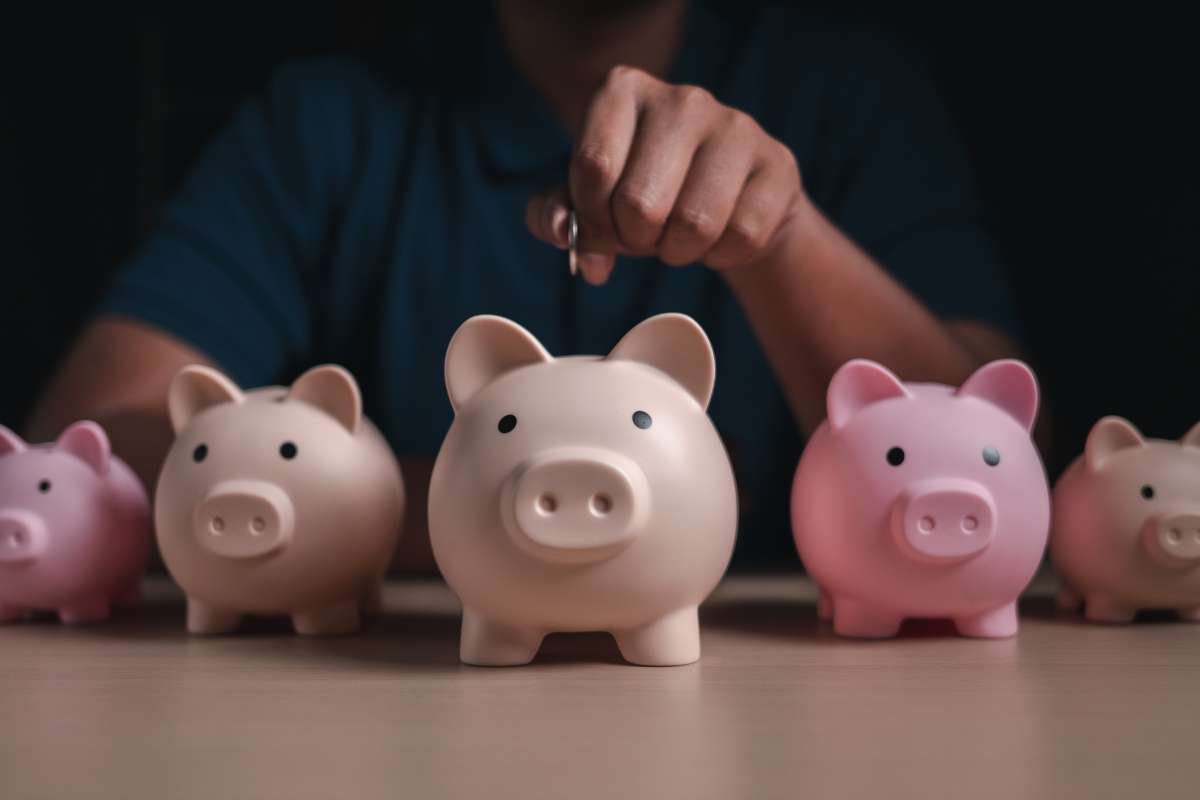Have you ever considered the effect of our current economic model on the environment and natural resources? Suppose it were possible to create a system that adds value to both the economy and Mother Nature. The circular economy may be described as a viable substitute for the conventional linear economy, which is now more popular. This article examines the fundamentals of the circular economy, its advantages, and its potential influence on tomorrow.
Principles of the Circular Economy
Three fundamental principles underlie the circular economy: eliminating waste and pollution through design, maintaining products and materials in use, and restoring natural systems. By continuously reusing resources, this principle is meant to reduce the need for fresh raw materials and cut back on garbage within a closed loop.
1. Designing Out Waste and Pollution

The planning of commodities in a circular economy encompasses every stage of their existence. To achieve this, products should be made up of easily recyclable/biodegradable materials and should not contain toxic substances harmful to the environment. As an illustration, companies could employ modular designs that facilitate simple dismantling and reassembly, hence increasing the longevity of their commodities while minimizing rubbish. Furthermore, embracing the cradle-to-cradle philosophy guarantees that all parts within any artifact can return to nature safely or be employed afresh in other goods. Such proactive design approaches do not only reduce garbage but also enhance the development of eco-friendly solutions.
2. Keeping Products and Materials in Use
The circular economy revolves around upholding product, component and material worth. To achieve this, people can use recycling, refurbishing, and remanufacturing methods. When we keep using the products for a longer period, we reduce the need for fresh materials, lowering our environmental impact. On top of that, there are certain important practices like upcycling. It involves transforming waste materials into new products that are better and have higher value than the former ones. Businesses also have the opportunity to close the loop on resource use through take-back programs that seek to make consumers return used products for either renewal or recycling.
3. Regenerating Natural Systems
In a circular economy, the intention is not only to prevent damages but also to ensure that there are positive influences as they help restore nature. For example, such practices may involve enriching the soil through composting organic waste or promoting agriculture that supports the reinstatement of flora and fauna. Through this humans guarantee that they do not take away everything from Mother Nature and leave nothing for future generations to survive on. Some of these environment-friendly activities are reforestation, wetland restoration, and the promotion of agroforestry, among others. On top of that, the integration of circularity in city planning could produce healthy environments for people and nature alike while increasing their adaptive capacity concerning climatic shocks.
Economic Benefits of the Circular Economy

Adopting a circular economy can yield significant economic benefits. Businesses can save money by reducing their reliance on raw materials and energy, and new job opportunities can arise in sectors like recycling and remanufacturing. For instance, thepokies, an online casino platform, could benefit from the circular economy by incorporating sustainable practices into its operations, such as using energy-efficient servers or offering digital products that reduce the need for physical goods.
Environmental Benefits
The circular economy presents us with various reasons why we should adopt it, most especially on matters concerning environmental conservation. This is achievable by cutting on waste and emissions, conserving resources as well and encouraging sustainable consumption, all of which assist in reducing the number of greenhouse gasses emitted hence fighting global warming. Think about living in a world where there is no dumping site while the sea is void of plastic materials — that is what is called a circular economy. Preventing landfills and emptying the sea of plastics is possible if we maximize the use of materials that can be reused and renewed.

In addition to this, the circular economy also leads to better energy efficiency, thereby mitigating harmful gasses such as CO2 from being released into our atmosphere through manufacturing. Eco-friendly practices like recyclable materials, biodegradable packaging, and closed-loop recycling systems are good for the environment. By doing so, we protect natural habitats and increase biodiversity, as well as enhance atmospheric conditions and make water pure for every organism’s wellness.
Social Benefits
There are also social advantages of the circular economy, such as enhancing community resilience and justice. Communities can stand alone and be less dependent on foreign inputs by creating local employment opportunities such as recycling, repairing, and remanufacturing. Such occupations require fresh talents and, thus, educational programs that facilitate human resource growth. In addition, focusing on sustainability may create better environments and decrease cases of diseases caused by pollution. For instance, lowering plastic disposal can reduce chemicals harmful to health that seep into water supplies.
In addition, by promoting equal distribution within the global markets, this approach reduces inequalities emanating from international trade. It is a strategy that strengthens local economies and fosters unity because people within such setups are focused on ensuring the sustainability of their environment as they engage in economic activities. The circular economy also corresponds with the notion of social justice because it ensures a more even distribution of the monetary rewards arising from economic undertakings, thereby creating a just society.
Challenges and Solutions
While the circular economy holds great promise, it has challenges. Transitioning from a linear to a circular model requires significant changes in infrastructure, business practices, and consumer behavior. However, these challenges can be overcome with the right strategies and policies.
1. Infrastructure and Technology
It takes a lot of money and time to put in place the facilities for recycling and other related sectors which are so important in supporting circular economics. Investment in research, as well as innovation, plays a vital role in realizing such advancements. The latter can vastly improve recycling process efficiency, including but not limited to highly advanced sorting and recycling technologies. In addition, it is important to create strong logistic networks for material collection and distribution. Public-private partnerships can ease financial costs and speed up infrastructure investment. Innovation hubs should be promoted alongside supporting start-up companies that deal with circular solutions if we are to move forward at a fast pace.
2. Policy and Regulation
Governments play a vital role in creating an environment conducive to the circular economy. This can include implementing regulations that encourage recycling and sustainable practices and providing incentives for businesses that adopt circular models. Policies such as extended producer responsibility (EPR) require manufacturers to manage the disposal of their products, thereby promoting design for longevity and recyclability. Additionally, tax incentives and grants can support companies transitioning to circular practices. Governments can also set standards for product durability, repairability, and recyclability, ensuring that circular principles are embedded in the market. Governments can significantly advance the circular economy agenda through comprehensive legislation and supportive measures.
3. Consumer Behavior
It is crucial to inform customers of circular economy advantages and promote sustainable consumer behavior. This is possible through various means such as awareness programs, labeling, and improving the reuse and repair options. Information drives may point out how going around in circles with products conserves the environment and helps the economy move better, thereby influencing buyers to be more ecologically responsible. The visibility of clear labels would enable buyers to determine goods that can be used for a long time and are also recyclable, making it easy to make decisions.
On top of that, available recycling and repair services would remove any form of inconvenience preventing people from participating. Retailers may take back used items or advertise those that have some form of circularity about them to encourage consumption and support the environment. Through these means, the circular economy could become widely supported and efficient by changing consumer habits for sustainability.
Conclusion
The transition from a linear economy to a circular economy signals a fundamental change in the manner of thinking about production and consumption. Adopting this concept will lead to the emergence of a better world characterized by sustainability, increased ability to withstand shocks, and equality. It might not be easy initially, but there are clear advantages such as saving money, saving the environment, and promoting public health. It is important that we continue to encourage the adoption of these policies and practices for a circular economy so that we may have a better tomorrow for all. Therefore, would you like to be part of the solution to achieve circular economies? Let us act now!


















